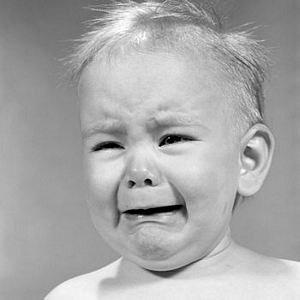“Kentucky Republicans and business leaders are promoting an unlikely way to boost the state’s economic development: Grow cannabis.
Kentucky leaders want their state to become the king of hemp, a plant that comes from the same species as marijuana, though doesn’t contain enough of the intoxicating ingredient to cause a high.
They want to help state farmers overcome the federal government’s treatment of hemp as an illegal drug, and produce it on an industrial scale, for use in items such as soap, horse bedding, building materials and auto body parts. Kentucky is one of at least five states, including Indiana and Vermont, where lawmakers have introduced measures allowing hemp farming.
The Kentucky effort is supported by legislative leaders, the state chamber of commerce, Republican U.S. Senator Rand Paul and agricultural commissioner James Comer, a Republican who campaigned on bringing the crop to his state.
“It could produce thousands of jobs,” Comer said in an interview.“Industrial hemp is totally different than marijuana. It should be treated like corn or soybeans.”
U.S. retail sales of products with imported hemp were more than $452 million in 2011, according to an estimate by the Hemp Industries Association, based in Summerland, California.
All One God Faith Inc., a closely held company in Escondido, California, that markets Dr. Bronner’s soaps, is considering expanding to Kentucky if hemp is grown there, said David Bronner, the company’s chief executive officer. The soaps contain hemp.
Passing Laws..”
Full article
Comments »


